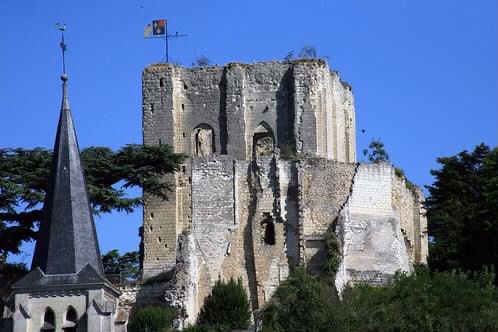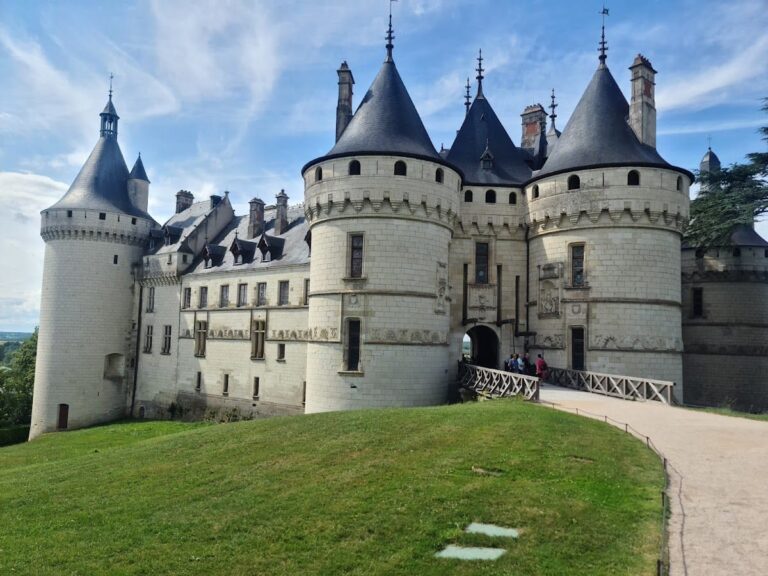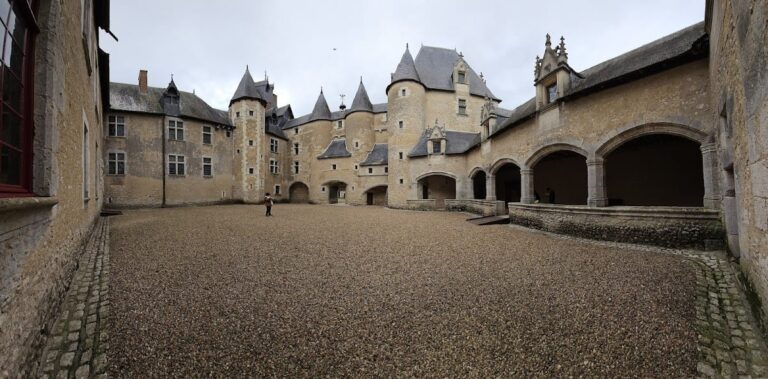Château de Montrichard: A Medieval Fortress in Montrichard Val de Cher, France
Visitor Information
Google Rating: 4
Popularity: Low
Google Maps: View on Google Maps
Official Website: www.montrichardvaldecher.com
Country: France
Civilization: Unclassified
Remains: Military
History
The Château de Montrichard is located in the town of Montrichard Val de Cher, France. This medieval fortress was originally established by the Anjou dynasty during the early 11th century, specifically initiated by Foulques Nerra, the Count of Anjou. Constructed initially as a wooden tower, it served as a military stronghold in the ongoing power struggle against Eudes II, Count of Blois.
In 1109, the castle was seized by Hugues I d’Amboise, who undertook significant enhancements, rebuilding the fortress in stone. The castle’s remaining ruins mainly reflect this 12th-century stone reconstruction. Later in the 12th century, specifically in 1188, the fortress endured partial destruction following a siege led by King Philip II of France, known as Philippe Auguste.
During the medieval period, Montrichard along with the nearby castle of Amboise became essential defensive centers for the Amboise family. Ownership of the castle transitioned at the end of the Middle Ages by marriage into the hands of the Harcourt family. The site saw action in the mid-14th century; on September 6, 1356, during the Hundred Years’ War, English forces under the Black Prince launched an attack against the fortress.
In 1461, King Louis XI acquired Château de Montrichard from Guillaume d’Harcourt, trading it for other lordships. Under royal control, the castle was notable for hosting the weddings of Louis XI’s daughters, Anne and Jeanne, events conducted in conjunction with the neighboring Sainte-Croix church. Later on, in 1589, King Henry IV issued orders to reduce the castle’s military importance by removing the upper four meters of its defensive walls.
By the 1600s, the castle had fallen into disuse and became uninhabitable. Recognizing its historical value, the ruins were granted protection as a French historic monument beginning July 14, 1877. Collections of archaeological finds from the surrounding region are now displayed in the “Musées du Donjon,” preserving the site’s cultural heritage.
Remains
The Château de Montrichard is situated on a ridge parallel to the Cher River, offering a commanding view over the medieval town and controlling an important crossing point of the Cher via a bridge and a former ford on the route connecting Blois and Loches. The fortress was primarily built from stone, designed to dominate two major medieval trade routes running between Bourges and Tours, and Paris and Spain.
The most prominent surviving feature is the donjon, or keep, which dates to around 1120 and was constructed by Hugues I d’Amboise. This square stone tower is reinforced with buttresses and divided internally into three levels. The ground floor was used for storage, the middle housed living quarters, and the rooftop included a battlemented walkway for defense. The design of the donjon was inspired by the fortress of Loches and was protected by an enclosing curtain wall, also called a chemise, as well as a second outer defensive wall called an enceinte.
Over the centuries, the castle’s fortifications were further developed to include round towers and a drawbridge. Residential buildings for the lords were added within the complex, expanding its functionality beyond purely military uses. In the late 16th century, the upper parts of the walls were deliberately lowered to diminish the fortress’s defensive potential as ordered by King Henry IV.
Today, the castle remains in a ruined state with remnants of the curtain walls and other defensive structures still visible. These ruins evoke the medieval military architecture that once guarded key routes and served as a seat of power. Interpretive displays at the nearby museum incorporate archaeological finds from the region, contributing to understanding the castle’s significance and history.










